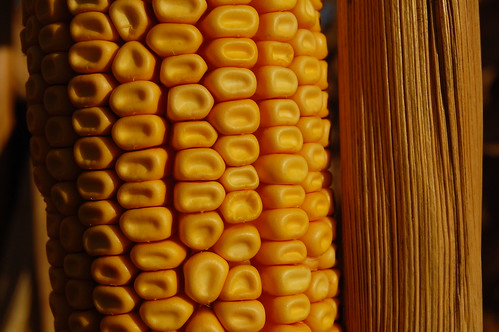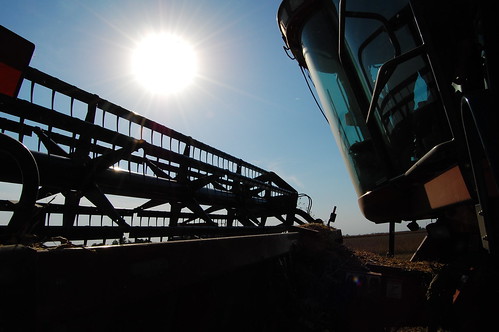 |
| Dr. Adam Biedrzycki |
A dog or a cat might adjust to the loss of a foot or leg but horses need four sound feet and legs to survive and perform. Part of the reason a horse can’t manage without the use of its feet is the sheer size of the animals. Plus horses carry almost 60 percent of their weight on the front legs and depend heavily on the rear legs for propulsion, said Dr. Adam Biedrzycki, UW-Madison School of Veterinary Medicine.
“Horses can’t lie down for long periods of time. They need sound feet to even be able to rest,” he added.
Biedrzycki, speaking at a recent first aid for horses seminar, explained that a horse’s hoof is a complicated junction for bones, tendons, ligaments hard tissue, soft tissue and an assortment of blood vessels. Take injuries in the area of the lower leg and hoof seriously.
“Any treatment of the hoof will involve your farrier. They’ll be the ones who’ll be able to work with your horse’s feet and your veterinarian in a treatment and recovery plan,” Biedrzycki said.
The navicular bone joins the hoof near the back and is tied together with ligaments and tendons to the “coffin bone” which in turn is encased in the hoof itself. An injury to the area at the back of the leg or hoof may involve the navicular bone, Biedrzycki said.
Under the hoof resides the “frog,” a pad of soft tissue protected by the outer rim of the hoof itself. Injuries to the frog, especially penetrating injuries, are a 50-50 proposition for healing, he said. The reason injuries to the frog are iffy is because there are so many complicated structures coming together in the hoof.
“A street nail or penetrating injury that goes deep needs to be seen by a vet. It’s tempting to pull a nail out but leave it alone. A radiogram while the object is still in the hoof can tell us how serious it may be. A nail can go in through the frog and completely miss all the important structures. But you don’t know what has happened unless you do the radiogram,” Biedrzycki said.
And the difference between a serious penetrating injury and one that isn’t is a $5,000 vet bill.
Lacerations, or jagged cuts, around the area of the hoof are another common type of injury. Because there is such a concentration of blood vessels around the hoof, a laceration may look worse than it really is, he said. Since horses are prone to getting their feet tangled in fences and other places, lacerations to the hoof area are another set of common injuries owners are likely to encounter.
“There’s a coronary band that supplies blood to the hoof. That blood supply is responsible for all the growth of the hoof. You should take such wounds seriously,” Biedrzycki said.
Diagnosis of the injury is the first step in determining the treatment and making decisions. Because the hoof is such a complicated place, veterinary costs can begin to pile up fast. A penetrating wound to the hoof, for example, can result in a simple abscess that’s easily treatable with a high probably of full recovery.
But once you start considering surgery and other complicated treatments the costs start to climb and the potential for a complete recovery also may decline, he said. Against the cost and time involved are the value and use of the horse.









